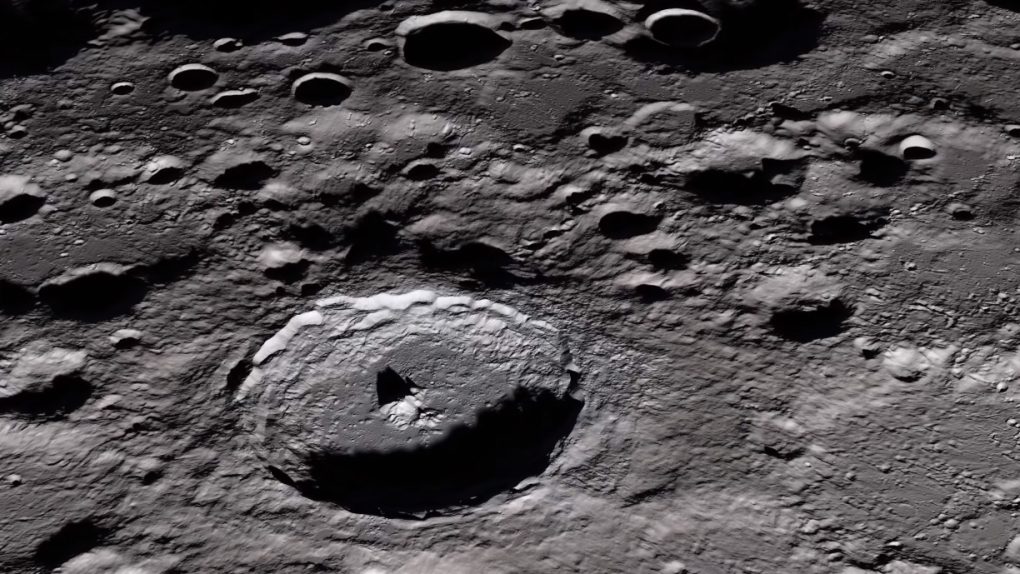- NASA has announced changes to its “baseline cost” for the SLS rocket, stating that it’s going to spend an additional 30% or more to get the rocket ready for its late 2021 debut.
- The SLS program has been plagued by delays and cost overruns for years now.
- The tentative first launch date for the SLS is November 2021.
So, NASA just announced that it’s going to broadcast the static fire test of its new SLS rocket to the public. That was good news since the project has been dealing with delays and cost overruns for some time. Then, as if on cue, the space agency also posted a brief update to its Artemis program, of which the SLS is a major part. More good news? Not quite.
As Ars Technica first noticed, NASA snuck in a little tidbit about the overall cost of this whole project in this latest update. As you might expect, the project hasn’t gotten cheaper. Instead, it’s now going to be about 30% more expensive than previously planned. Hooray!
Here’s the bit that NASA snuck into the blog post:
Taking this new launch readiness date into account, NASA also aligned the development costs for the SLS and Exploration Ground Systems programs through Artemis I and established new cost commitments. The new development baseline cost for SLS is $9.1 billion, and the commitment for the initial ground systems capability to support the mission is now $2.4 billion.
All in all, this is an increase of roughly a third over the most recent estimated program cost which was figured in 2017. Put simply, this whole endeavor just keeps getting more and more expensive, and all we’re seeing in return for the funding is more delays.
Now, granted, the coronavirus pandemic has been rough on NASA, and the space agency cited the pandemic as a reason for why progress on the SLS has been slow this year. Still, this is hardly the first time that an update to the Space Launch System program has included both a dramatic cost increase and a significant delay. It’s becoming the norm, unfortunately.
Still, NASA seems incredibly upbeat about the entire thing, at least to the public. “NASA has notified Congress of these new commitments, and we are working at the best possible pace toward launch, including streamlining operational flow at Kennedy and assessing opportunities to further improve the efficiency of our integration activities,” the update reads. “Now that the majority of the design development is done, as well as the first time build and an extensive test program, a lot of effort is behind us.”
That said, we’re still well over a year away from the first launch of the SLS rocket, and that’s if no further delays pop up in the meantime. If there’s anything the SLS program has taught us over the years, it’s that delays should be, well, expected.








